Home>Interior Design>How To Mute A Microwave With Or Without A Mute Button
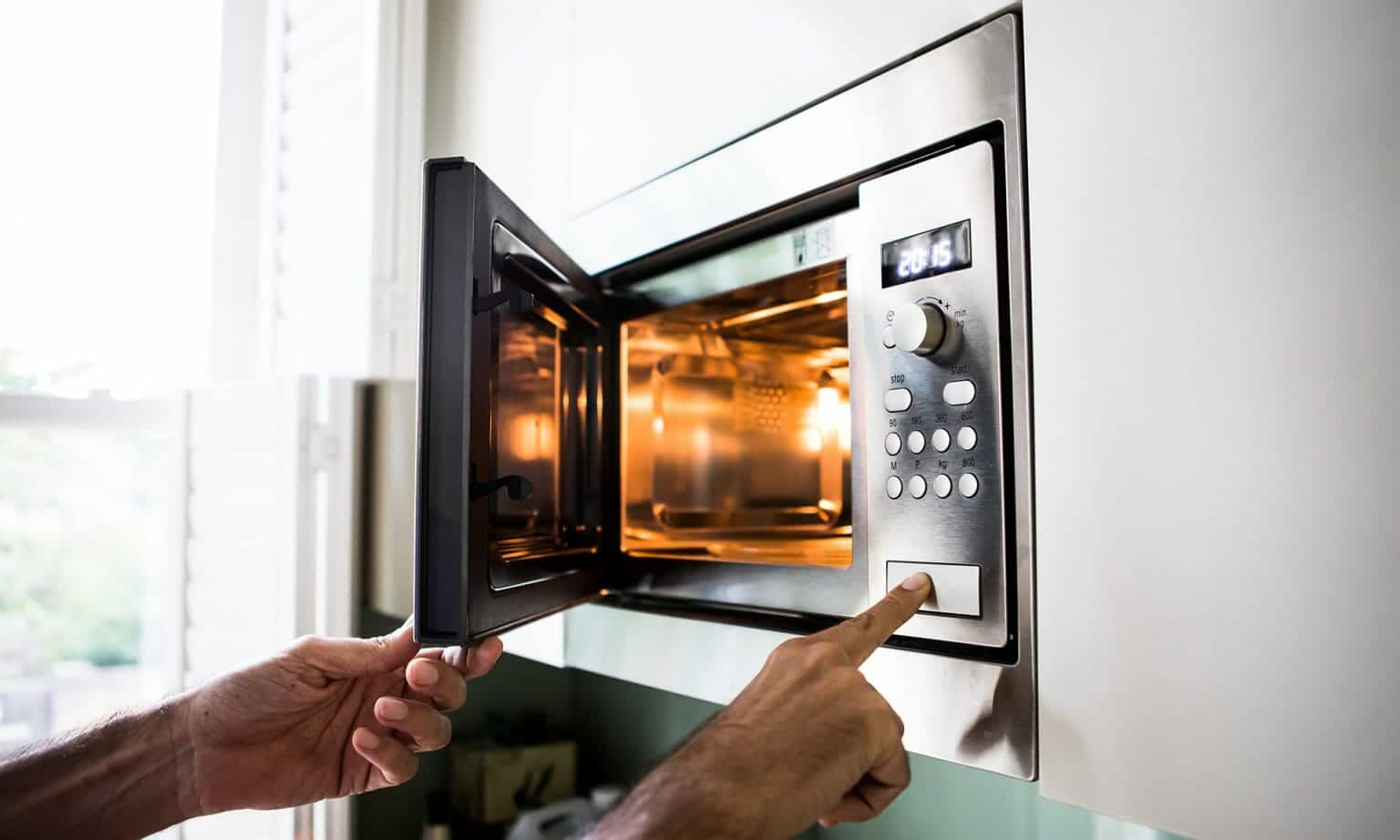

Interior Design
How To Mute A Microwave With Or Without A Mute Button
Modified: February 27, 2024
Discover how to mute your microwave, whether it has a mute button or not, with our expert interior design tips.
(Many of the links in this article redirect to a specific reviewed product. Your purchase of these products through affiliate links helps to generate commission for Storables.com, at no extra cost. Learn more)
Introduction
In today’s modern kitchens, the microwave has become an essential appliance for quick and convenient cooking. However, despite its many advantages, the noise it produces can sometimes be disruptive, especially in open-concept living spaces or late at night when others are sleeping. That’s where the option to mute a microwave becomes invaluable.
The purpose of this article is to provide you with a comprehensive guide on how to mute a microwave, whether it comes equipped with a mute button or not. By following the steps outlined in this article, you will be able to enjoy the convenience of your microwave without disturbing your household or neighbors.
Before diving into the methods, let’s briefly highlight the importance of muting a microwave. By reducing or eliminating the noise, you can create a more peaceful environment in your kitchen and minimize disruptions to your daily routines. Muting a microwave also allows for greater flexibility in using the appliance at any time of the day without worrying about disturbing others.
Now, let’s explore the different ways you can mute a microwave, whether it has a dedicated mute button or not.
Key Takeaways:
- Muting a microwave is crucial for a peaceful kitchen environment, whether it has a mute button or not. Adjusting volume settings and using sound-absorbing materials are effective ways to achieve a quieter operation.
- In addition to muting methods, maintaining a clean microwave, avoiding overloading, and selecting a quieter model can significantly reduce noise levels. Proper maintenance and consideration of noise reduction features are key for a serene kitchen experience.
Read more: How To Mute Alexa Echo Dot
Section 1: Microwaves with a Mute Button
Silencing a microwave is a breeze when you have a model that comes equipped with a dedicated mute button. These microwaves are designed with user convenience in mind, allowing you to quickly and easily silence the noise produced during operation.
There are several advantages to having a mute button on your microwave. First and foremost, it provides you with the ability to maintain a peaceful and quiet kitchen environment. This is particularly beneficial if you have an open-concept kitchen or if you frequently use your microwave late at night when others are sleeping.
To mute a microwave with a dedicated mute button, follow these simple steps:
- Locate the mute button: Depending on the model, the mute button may have a specific symbol or icon on it, such as a speaker with a line through it.
- Press the mute button: Once you’ve located the mute button, simply press it to silence the microwave. The display panel may indicate that the mute function has been activated.
- Unmute the microwave: If you wish to restore the sound, press the mute button again to unmute the microwave. The display panel will indicate that the mute function has been deactivated.
It’s important to note that the mute button on microwaves may vary depending on the brand and model. Some microwaves may have a “sound” or “volume” button instead of a dedicated mute button. In this case, you can simply lower the volume to mute the microwave and increase it again to unmute it.
Next, let’s explore how to mute a microwave that does not have a dedicated mute button.
Section 2: How to Mute a Microwave without a Mute Button
If your microwave does not have a dedicated mute button, don’t worry – there are still effective methods you can use to mute the noise it produces. In this section, we will explore two methods that can help you achieve a quieter microwave operation.
Method 1: Adjusting the Volume Settings
Many microwaves feature adjustable volume settings that allow you to control the noise level during operation. To mute your microwave using this method, follow these steps:
- Locate the volume control: Look for buttons or dials on your microwave that control the volume. They may be labeled as “sound,” “volume,” or “beeper volume.”
- Adjust the volume: Use the buttons or dials to decrease the volume level or completely silence the microwave. Refer to your microwave’s user manual for specific instructions on how to adjust the volume settings on your model.
- Test the volume: Check if the volume has been successfully lowered or muted by running a test cycle. Listen for any audible noise during the microwave’s operation.
It’s important to note that the method and location of volume control may vary between different microwave models. Some microwaves may allow you to adjust the volume directly on the control panel, while others may require you to access the settings menu.
However, it’s worth mentioning that not all microwaves offer adjustable volume settings. In such cases, you’ll need to explore alternative methods to mute the microwave.
Method 2: Placing Sound-Absorbing Material
Another effective method to mute a microwave without a dedicated mute button is by using sound-absorbing materials. These materials help reduce noise by absorbing or dampening the sound waves produced during operation. Here’s how you can utilize this method:
- Identify suitable sound-absorbing materials: Look for materials with good sound-absorbing properties, such as rubber, foam, or cork. These can easily be found at hardware stores or online.
- Placement of sound-absorbing material: Identify the areas of your microwave where sound escapes the most. This can be the sides, back, or bottom of the microwave. Cut the sound-absorbing material to fit these areas and attach them securely using adhesive or tape.
- Ensure proper ventilation: It’s crucial to ensure that the sound-absorbing material does not obstruct any ventilation or cooling vents on the microwave. Maintain the proper airflow to prevent overheating.
Keep in mind that while sound-absorbing materials can help reduce microwave noise, they may not completely eliminate it. The effectiveness of this method may also vary depending on the microwave model and the thickness or quality of the sound-absorbing material used.
Now that you’re familiar with muting methods for microwaves without a mute button, let’s move on to some additional tips for reducing microwave noise.
Read more: How To Store Buttons
Section 3: Tips for Reducing Microwave Noise
Aside from muting your microwave using the methods mentioned earlier, there are additional tips and tricks you can utilize to minimize microwave noise. Implementing these suggestions can help you achieve a quieter microwave operation and enhance your overall kitchen experience.
Additional Tips and Tricks
- Keep the microwave clean: Regularly clean the interior and exterior surfaces of your microwave to prevent any buildup or debris that may contribute to increased noise levels.
- Place a rug or mat underneath: Placing a rug or mat underneath your microwave can help absorb vibrations and reduce the noise transmitted to the surrounding area.
- Avoid overloading: Avoid overloading the microwave with large or heavy dishes, as this can cause excessive vibrations and contribute to increased noise.
- Use microwave-safe containers: Ensure that you’re using microwave-safe containers that are properly sealed. Loose or ill-fitting lids can create additional noise during operation.
Proper Maintenance for Quieter Operation
Maintaining your microwave properly can also contribute to a quieter operation. Consider the following maintenance tips:
- Check and replace worn-out parts: Regularly inspect your microwave’s key components, such as the turntable, door seals, and fans. If any of these parts are worn or damaged, they may contribute to increased noise levels and should be replaced.
- Keep the microwave level: Ensure that your microwave is placed on a level surface. Uneven positioning can lead to vibrations and increased noise during operation.
- Follow the manufacturer’s instructions: Always follow the manufacturer’s guidelines and recommendations for proper use, maintenance, and troubleshooting of your microwave. This can help avoid any unnecessary noise-related issues.
Suggestions for Selecting a Quieter Microwave Model
If you’re in the market for a new microwave and noise reduction is a priority, consider the following suggestions:
- Look for quiet operation: When researching microwave models, look for ones that advertise quiet operation or have noise reduction features.
- Read customer reviews: Check customer reviews and feedback to get an idea of how quiet a particular microwave model is in real-world usage.
- Compare noise levels: Some manufacturers provide noise level information on their microwaves. Look for these specifications and compare them to make an informed decision.
- Consider built-in or drawer microwaves: Built-in or drawer microwaves are often quieter compared to countertop models, as they are designed to be integrated into cabinetry, minimizing vibrations and noise.
By implementing these tips and considering a quieter microwave model during the purchasing process, you can significantly reduce noise levels in your kitchen and enjoy a more peaceful cooking experience.
Now that you’re equipped with various methods, tips, and tricks for reducing microwave noise, let’s wrap up this article.
Read more: How To Store Button Mushrooms
Conclusion
In conclusion, muting a microwave is essential for creating a quiet and peaceful kitchen environment, especially in situations where noise can be disruptive. Whether your microwave has a dedicated mute button or not, there are effective methods you can use to reduce or eliminate the noise it produces.
To recap, if your microwave has a mute button, simply locate the button and press it to silence the noise. For microwaves without a mute button, you can adjust the volume settings or place sound-absorbing materials to dampen the noise.
In addition to these methods, following tips such as keeping the microwave clean, avoiding overloading, and using microwave-safe containers can further contribute to a quieter microwave operation. Proper maintenance, such as checking and replacing worn-out parts, keeping the microwave level, and following manufacturer’s instructions, is also crucial for achieving a quieter experience.
When selecting a new microwave, considering models with noise reduction features, reading customer reviews, comparing noise levels, and exploring built-in or drawer microwaves can help you find a quieter option that meets your needs.
Ultimately, the importance of a mute option in microwaves cannot be overstated. It allows you to enjoy the convenience of a microwave without disturbing others, creating a harmonious living environment. Whether you need a quiet kitchen while entertaining guests or want to avoid waking up your family in the morning, muting your microwave ensures that you can use it at any time with minimal noise impact.
So, implement the methods, tips, and tricks shared in this article to create a serene and enjoyable kitchen space, where the convenience of your microwave can be enjoyed without any unnecessary noise disruptions.
Frequently Asked Questions about How To Mute A Microwave With Or Without A Mute Button
Was this page helpful?
At Storables.com, we guarantee accurate and reliable information. Our content, validated by Expert Board Contributors, is crafted following stringent Editorial Policies. We're committed to providing you with well-researched, expert-backed insights for all your informational needs.
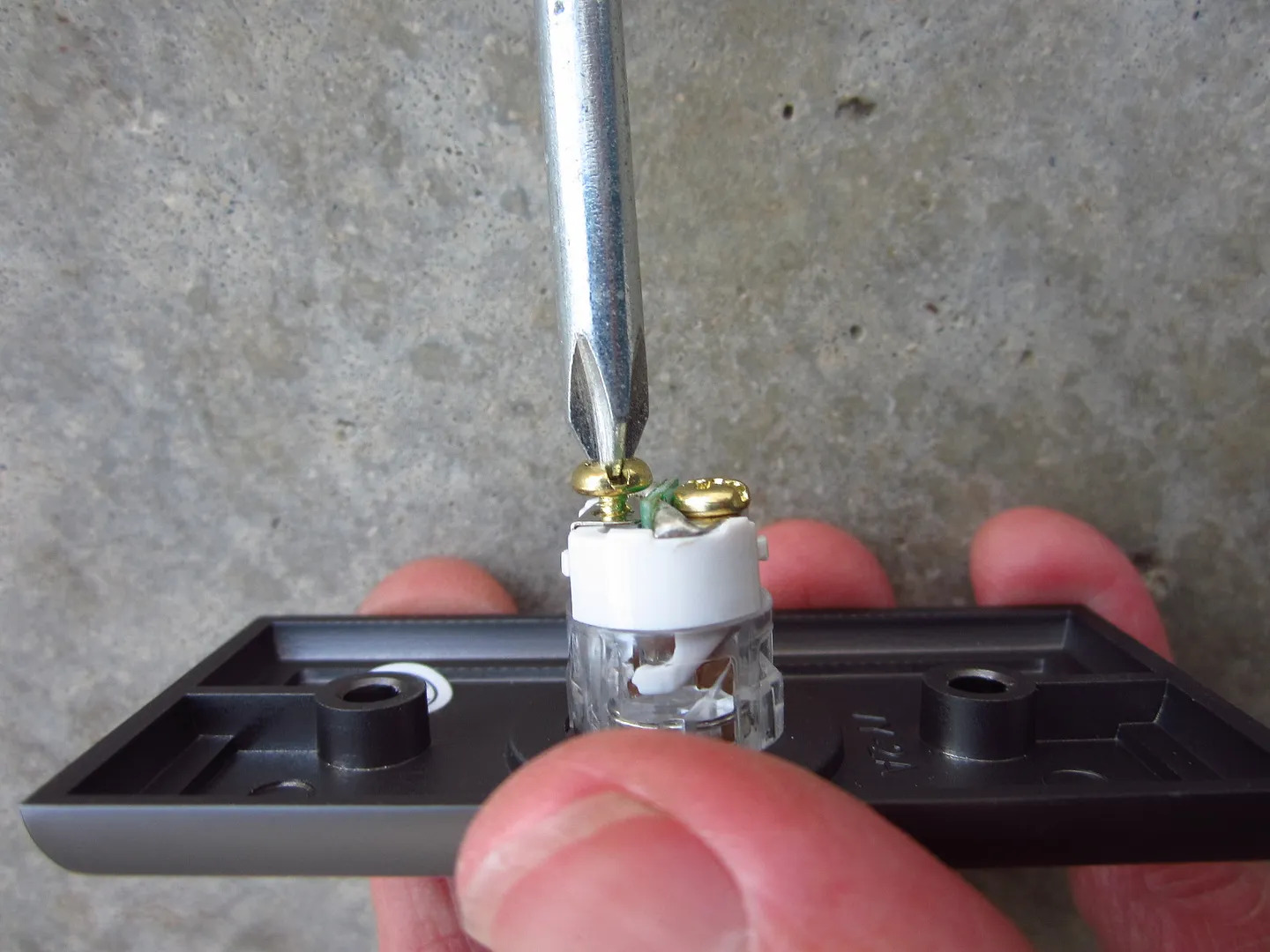
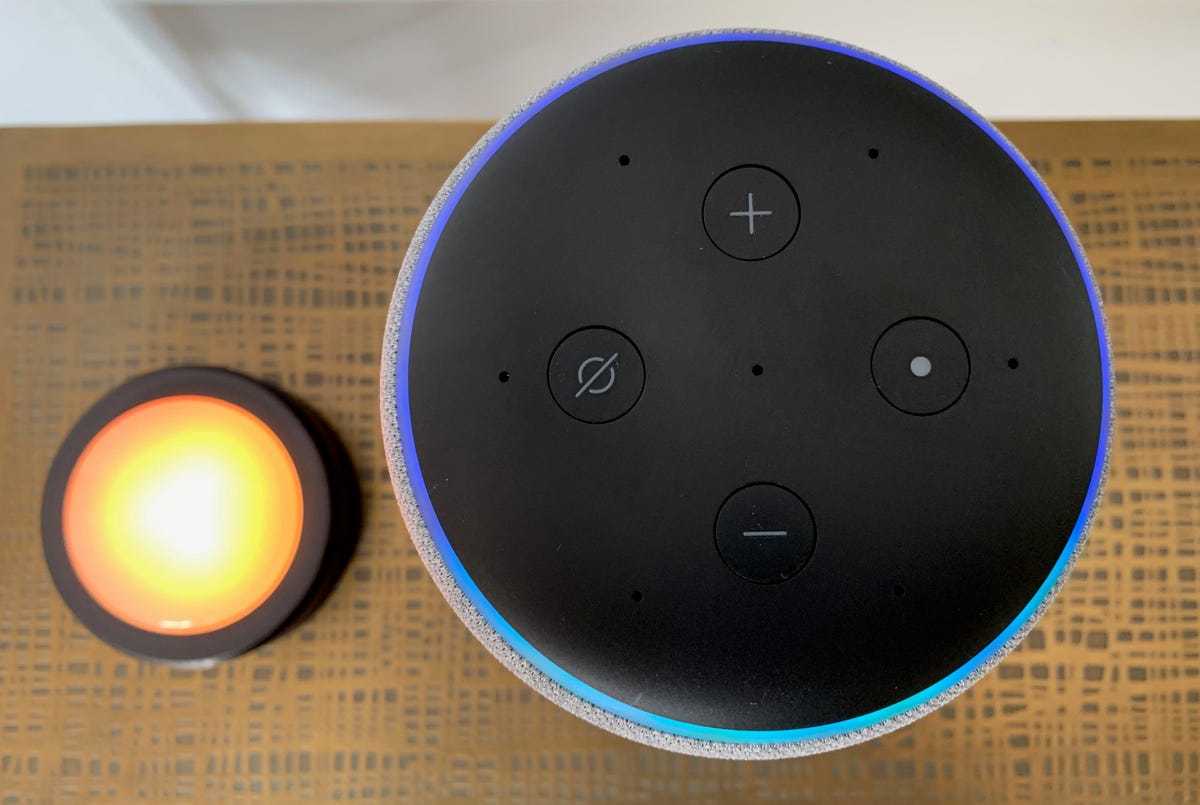
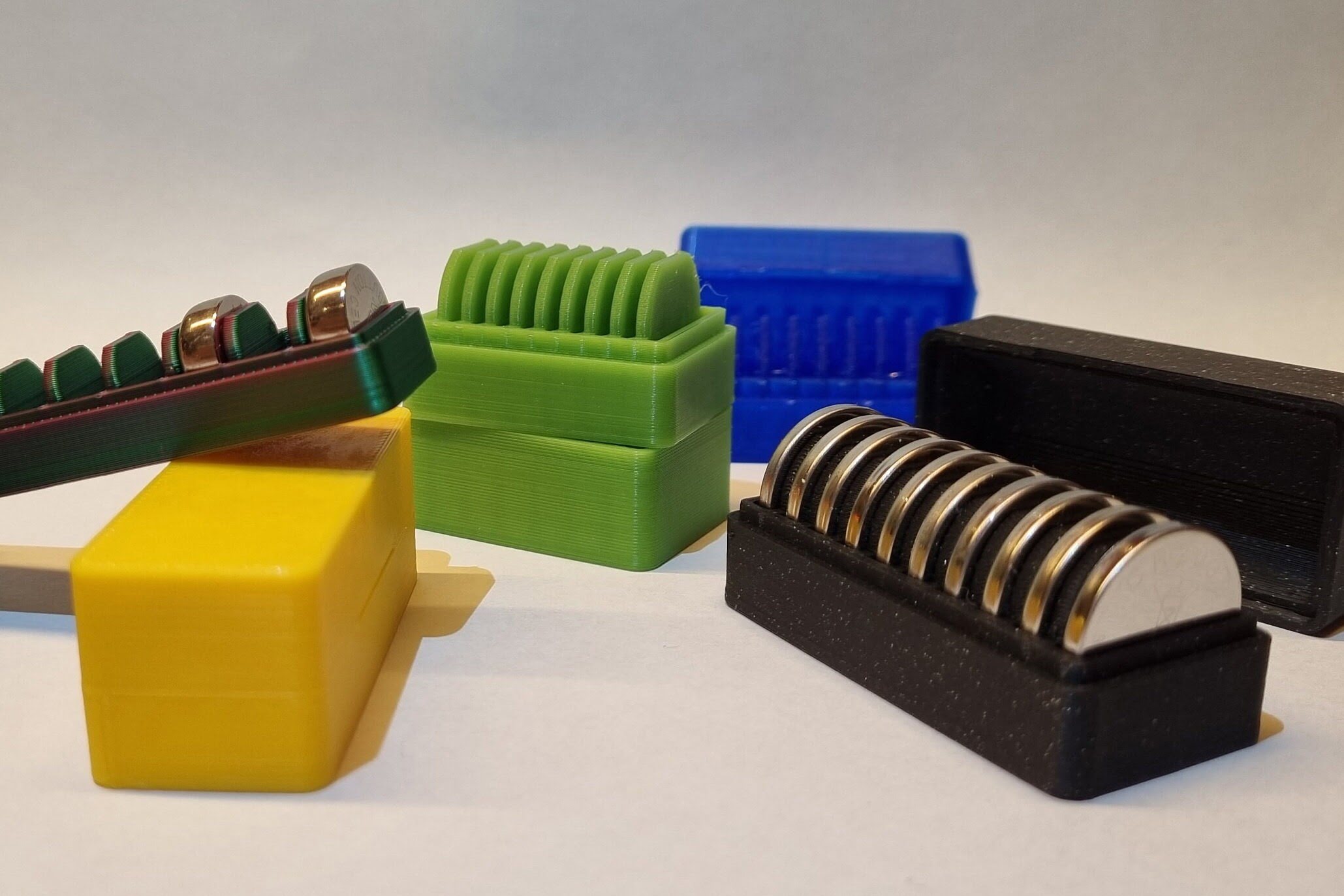





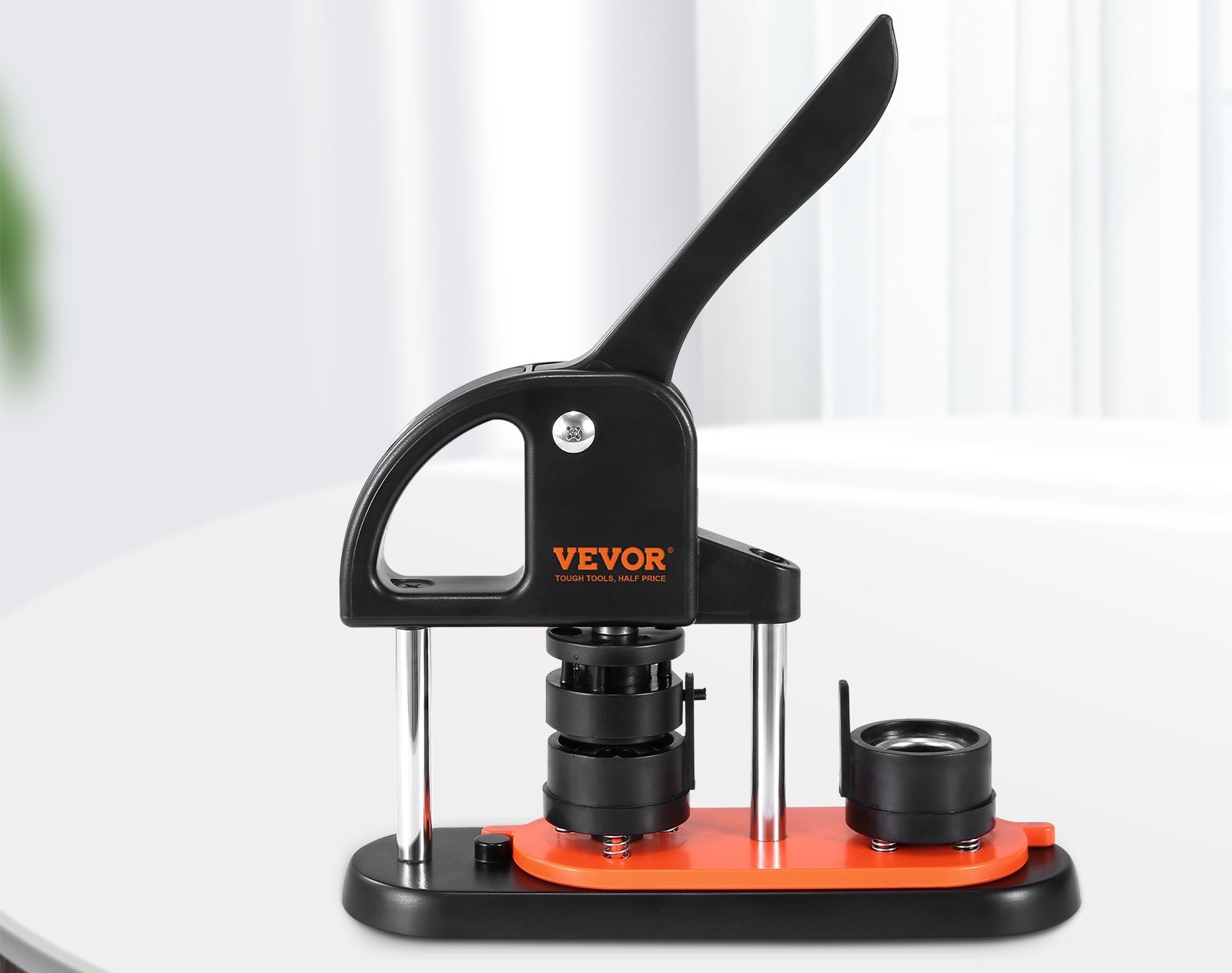


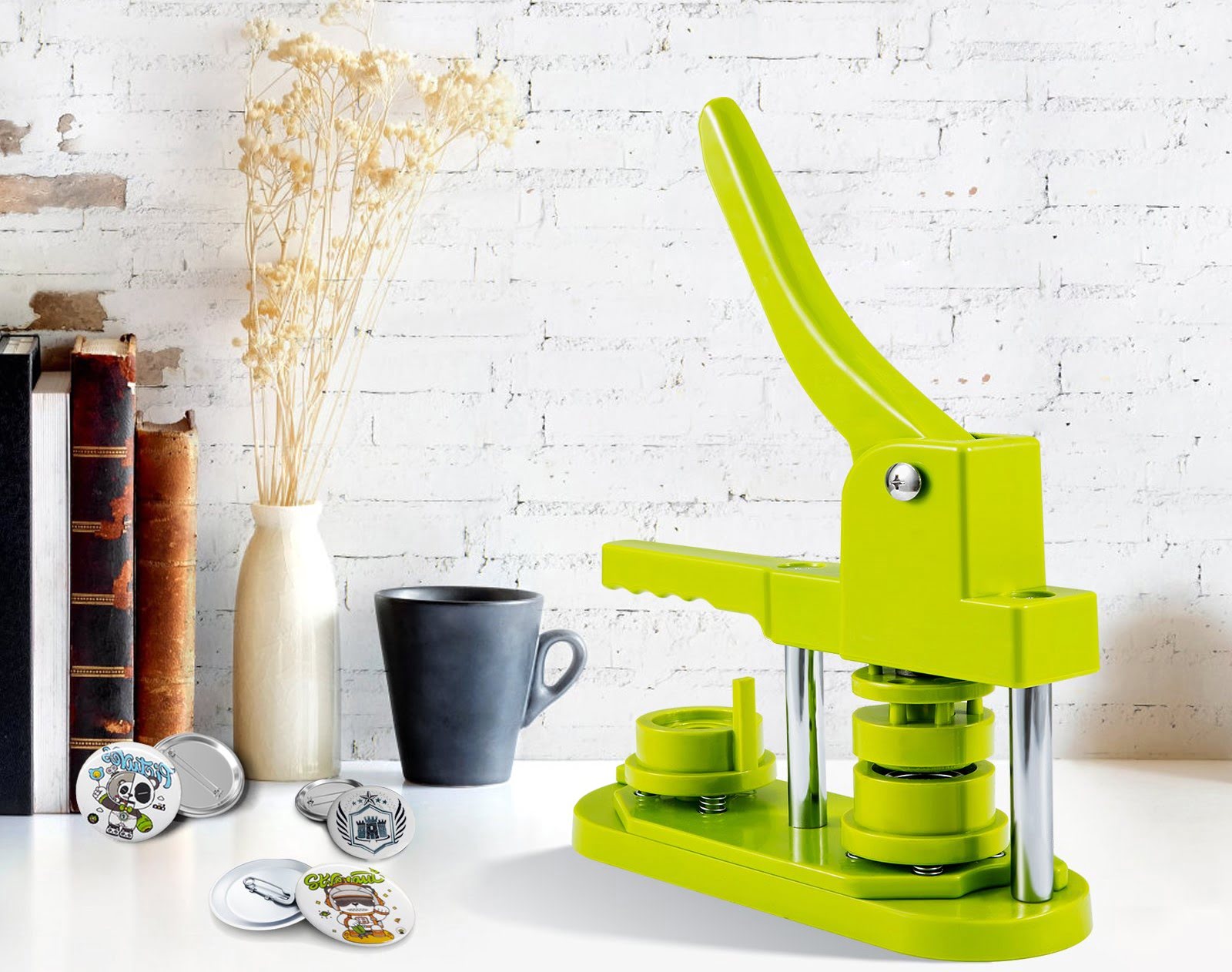
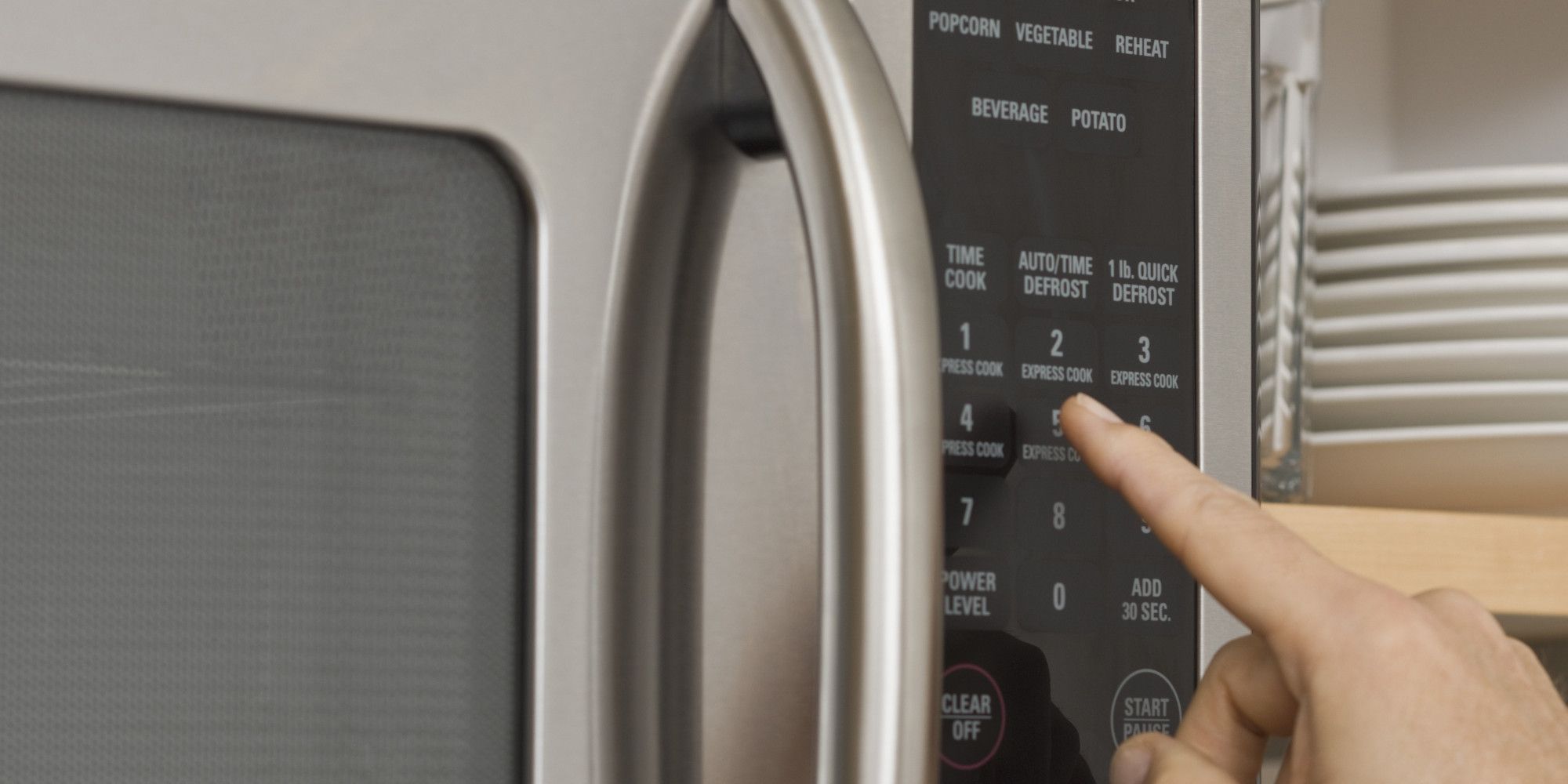

0 thoughts on “How To Mute A Microwave With Or Without A Mute Button”